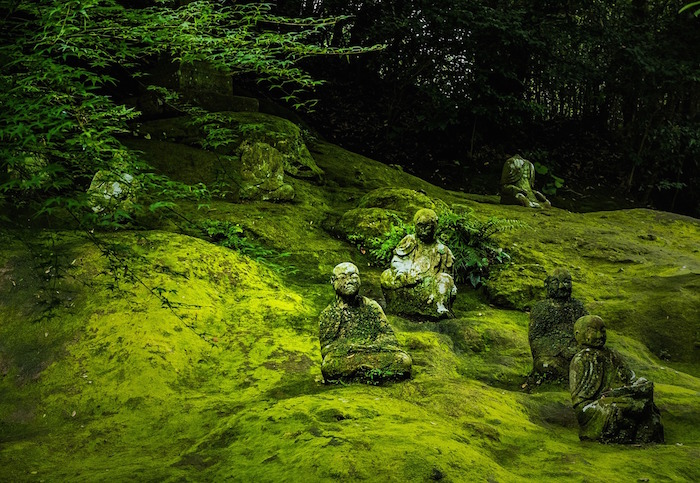Buddhism has embraced the concept of karma for thousands of years, but neuroscience is quickly catching up as it unravels the mechanisms that determine how our brains are shaped by our thoughts and actions.
Central to the Buddhist form of karma is the understanding that our own suffering — or dukkha — results from the patterns of our own mind, in particular our delusions about the nature of reality. In turn, these mental tendencies determine how we respond to other people or to our environment, and they are largely created subconsciously, out of view of our awareness.
Through the patterns created by our thoughts and actions, karma pushes us in the direction of repeating those actions in the future. As Korean Zen teacher Daehaeng Kun Sunim puts it, “People are often careless about the thoughts they give rise to, assuming that once they forget about a thought, that thought is finished. This is not true. Once you give rise to a thought, it keeps functioning, and eventually its consequences return to you.”
By investigating the way in which the brain works, neuroscientists have found a neurological basis for the karmic reinforcement of behaviors. At its heart is neural plasticity, the ability of experiences to shape the brain.
If you stimulate two neurons as the same time, in a few hours they will become more strongly connected — stimulating one results in a larger response in the other. In the brain, of course, this process occurs with thousands of neurons conversing with thousands of others.
Over time certain neural networks become more dominant, basically becoming “hardwired” in our brain. These paths of least resistance are much easier to activate. So when faced with a choice between two actions, we will tend to choose the one that has formed a deeper groove within our brain.
Not all patterns in the brain are harmful. We use the conceptual structures of our mind to help us navigate the world efficiently — you don’t want to have to start from scratch every time you drive to the airport or brush your teeth in the morning.
But when it comes to cutting through the veil of delusion that obscures our view of the true nature of reality, these patterns can become hindrances. According to philosopher Dharmakirti, when we repeatedly encounter a unique appearance of an object, we build a “sameness” for that class of objects. This “false awareness” prevents us from seeing that each one is unique, even though it shares traits with the others. This is as true for people we meet on the street as it is for letters on a page or apples on a tree.
However, greater awareness of our habitual patterns can shape the way we relate to our concepts, allowing us to see them for what they are. Just as we developed our hardwired patterns in the first place — often unconsciously — we can use meditation and mindfulness to lay down new pathways. As we shift our mental energies to these new routes, the old ones weaken, leading us one step closer to liberation.
_____
For more on the neurological underpinnings of the karma, see Brain Karma: Is delusion hardwired? by Wendy Hasenkamp, PhD


